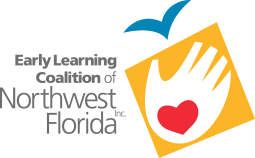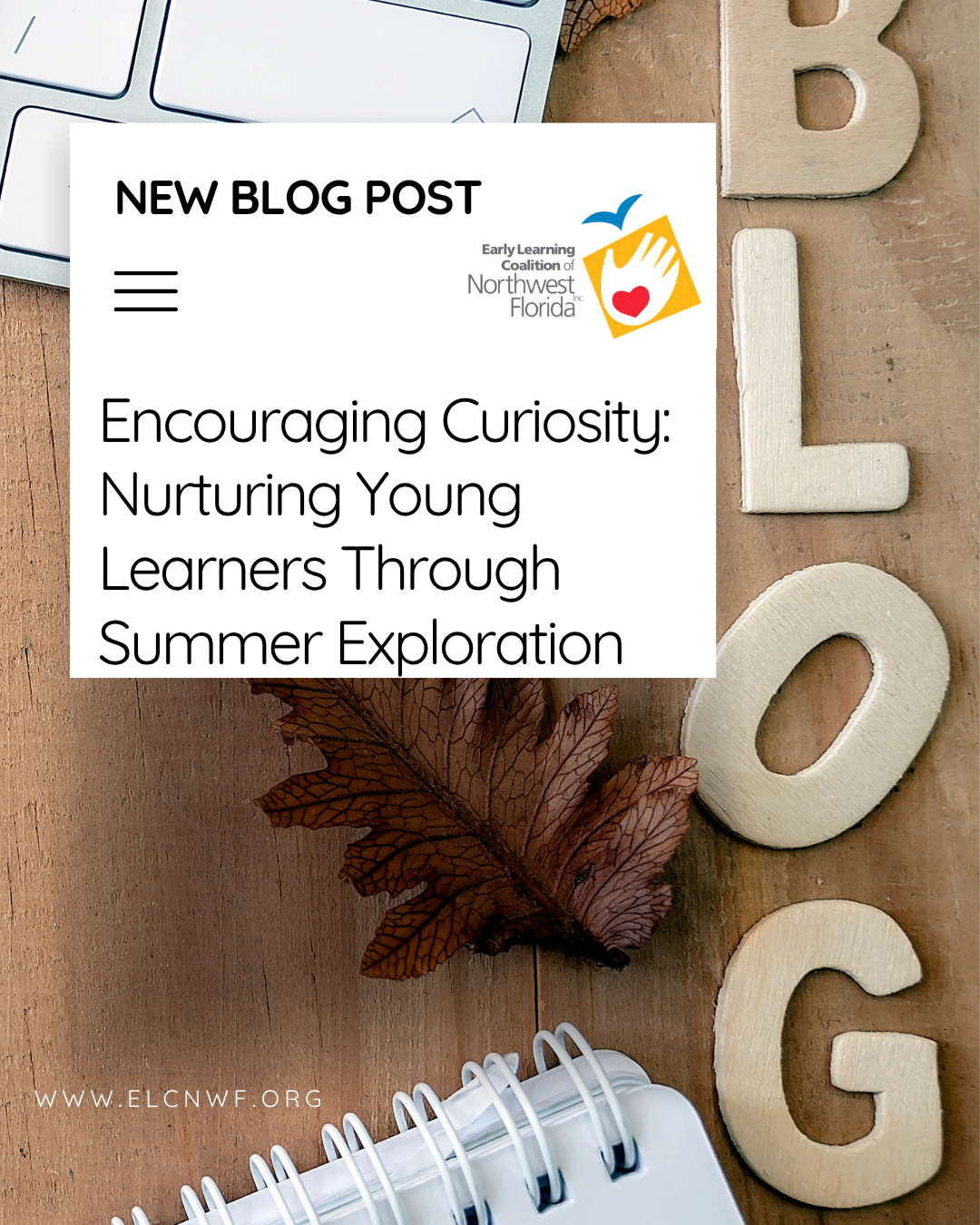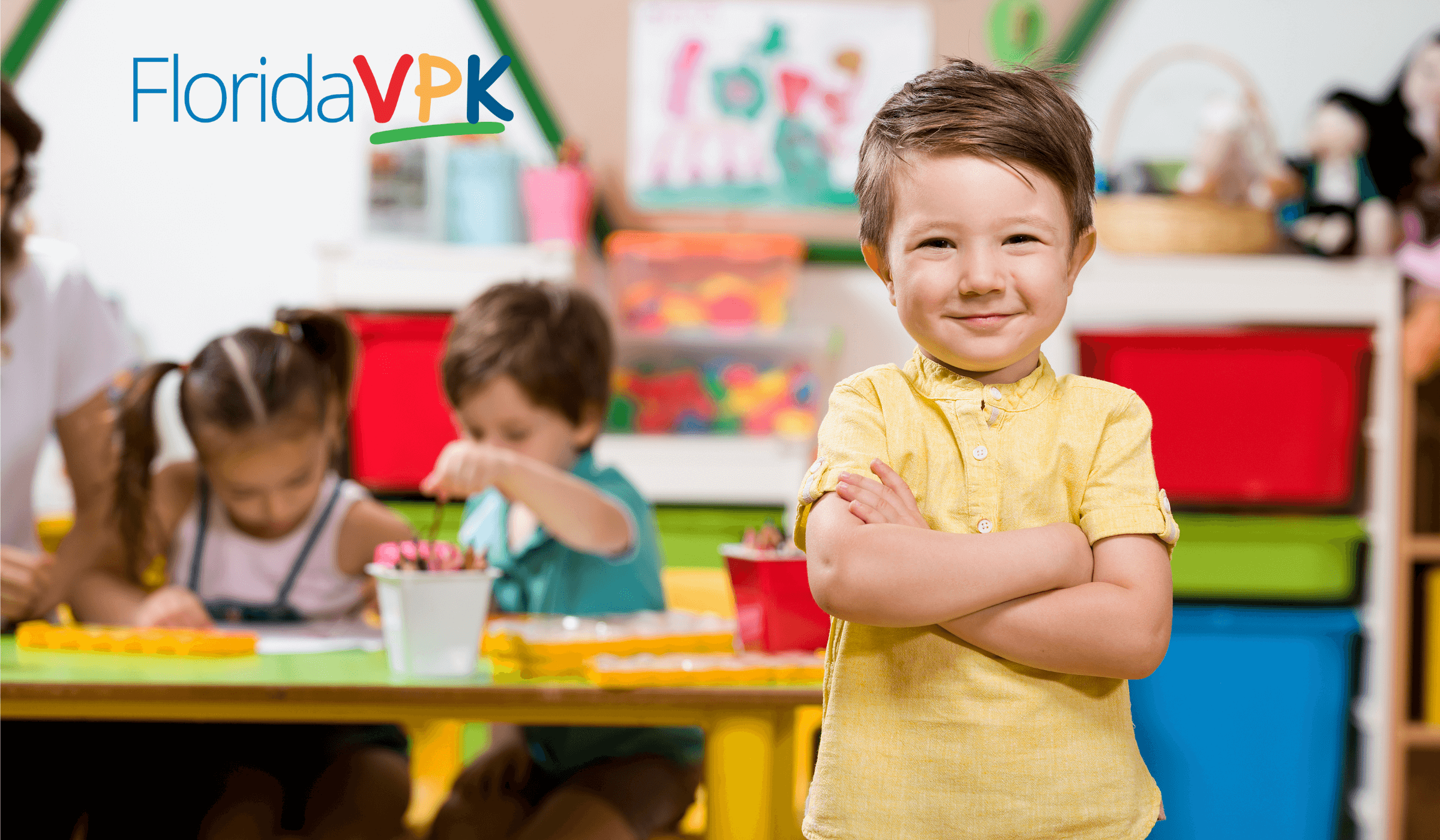Sparklers & Stars: 4th of July Learning Fun for Little Patriots
ELCee knows the 4th of July is more than just fireworks, hot dogs, and staying up past bedtime. It’s a joyful opportunity to introduce young children to the ideas of community, celebration, and the birth of a nation—all through creativity and play.
Whether you’re a parent, teacher, or caregiver, here are festive, hands-on ways to help young learners connect with the spirit of Independence Day.
Red, White & Blue Crafts to Light Up the Day
Let kids explore colors and shapes with fun holiday-themed projects:
- Salt Firework Painting: On black construction paper, draw fireworks with glue, sprinkle salt, and add drops of colored water or food dye. The fizzing effect is pure magic!
- Flag Sticker Sorting: Use red, white, and blue star stickers to help little ones create their own versions of the American flag—boosting their fine motor skills along the way.
Celebrate Story Time with a Spark
Books are a gentle way to introduce the “why” behind the holiday. Stick with simple concepts:
- “It’s America’s birthday!”
- “We celebrate freedom with fireworks and fun!”
Pick picture books that explain big ideas in tiny toddler sized bites, then follow up with questions like, “What would YOU do at a birthday party for America?”
Simple Science with a Bang
Turn ordinary items into wow-worthy experiments:
Peppermint Fireworks: Place peppermint candies in a dish of warm water and watch them dissolve into fireworks of swirling color.
Colored Ice Play: Freeze red and blue water into cubes, then head outside for a sensory experiment. Let kids melt them in the sun and use them as “paint” on sidewalks or paper.
Make-Your-Own Marching Band
There’s nothing like music to bring a celebration to life. Try:
- Patriotic tunes like “Yankee Doodle” with hand motions or marching around the house.
- Creating shakers from plastic eggs and dry rice or beans, or letting kids bang on pots like parade drums.
Festive Snacks Made for Little Hands
Keep it simple, healthy, and fun:
- Layer strawberries, bananas, and blueberries on skewers for an edible flag!
- Or blend yogurt and berries into patriotic popsicles—perfect for cooling down after your backyard parade.
Wrapping It Up
At the heart of it, Independence Day for young children should feel like a celebration of the familiar: birthdays, fun colors, music, and being together. Even if they don’t yet understand freedom or history, they’ll absorb the love, joy, and excitement that come from commemorating something special.
So, this 4th of July, grab the glitter, fire up the bubble machine, and let freedom (and imagination) ring.
Encouraging Curiosity: Nurturing Young Learners Through Summer Exploration
As the days grow longer and the pace of life slows down, summer offers a golden opportunity to nurture one of the most powerful tools in a young learner’s development: curiosity. When children are encouraged to ask questions, explore their surroundings, and wonder about the world, they build the foundation for lifelong learning.
Here’s how you can spark and support curiosity in young learners this summer:
1. Follow Their Questions
Children are natural question-askers. Instead of rushing to provide answers, try responding with:
- “What do you think?”
- “Let’s find out together.”
- “That’s a great question—let’s explore it!”
This approach turns everyday moments into learning adventures and shows children that their thoughts and ideas matter.
2. Create a Curiosity-Friendly Environment
You don’t need a fancy classroom—just a few simple tools:
- A basket of nature finds (leaves, rocks, feathers)
- A magnifying glass or bug jar
- A notebook or sketchpad for drawing and writing observations
- Access to books or videos that dive deeper into their interests
Set up a small “exploration station” at home or in the backyard to invite open-ended play and discovery.
3. Encourage Open-Ended Play
Play is how young learners make sense of the world. Offer materials that don’t have a “right” way to use them:
- Blocks, loose parts, and recycled materials
- Water, sand, and mud
- Art supplies like paint, chalk, and clay
Ask questions like, “What are you building?” or “What happens if you try it this way?” to keep the curiosity flowing.
4. Read Books That Inspire Wonder
Choose stories and nonfiction books that spark imagination and introduce new ideas. Look for books about:
- Animals and insects
- Space and the ocean
- How things work
- Real-life explorers and inventors
Pair reading with hands-on activities to deepen the connection.
5. Start a Curiosity Journal
Invite your young learner to draw or dictate their questions, discoveries, and favorite moments. A simple journal can include:
- “Today I wondered…”
- “I discovered…”
- “I want to learn more about…”
This not only builds literacy skills but also helps children reflect on their learning journey.
Final Thoughts
Curiosity is the spark that lights the path to learning. By creating space for questions, exploration, and wonder, you’re helping your young learner grow into a confident, creative thinker. And summer is the perfect season to let that spark shine bright.
After Father’s Day: Making the Most of Your Gifts & Moments with Your Little Ones
Father’s Day is a time to celebrate the love, laughter, and life lessons that dads and father figures bring into their children’s lives. Whether your day was filled with handmade cards, hugs, or a well-earned nap, one thing is certain — your presence matters.
But what comes after Father’s Day?
At the Early Learning Coalition of Northwest Florida, we know that families are the foundation of a child’s success. So here are some easy, meaningful ways to carry the joy of Father’s Day into the weeks and months ahead — using the gifts you’ve received and the time you already share with your child.
1. Turn Your Gifts Into Connection Time
If you received a Father’s Day gift, no matter how big or small, try turning it into a shared experience:
- Tool sets or DIY kits? Invite your little one to “help” you fix or build something simple — like a birdhouse or a cardboard castle. Talk about the tools, their names, and what each one does. It’s play and learning in one.
- Books or journals? Make a habit of reading together. Even just 10 minutes a day builds literacy, strengthens your bond, and helps your child feel safe and loved.
- Cooking gear or a new mug? Involve your child in a weekend cooking project. Let them help mix, pour, or taste-test. It’s messy, but it’s magical — and builds motor skills and early math.
2. Make Time for Low-Cost, High-Value Activities
You don’t need fancy equipment or a packed schedule to make memories. Here are some easy ideas to try together:
- Go on a nature walk: Talk about the colors you see, the animals you hear, and the shapes of clouds. Let your child lead — it builds confidence!
- Dance party at home: Put on your favorite tunes and let your child pick their “best moves.” It’s great for motor skills, coordination, and pure joy.
- Storytime from Dad: Whether it’s a book from the library or a story from your own childhood, your voice helps your child learn language and feel connected.
- Draw or color together: Create “Dad and Me” masterpieces. Ask questions like, “What are you drawing?” to build vocabulary and spark imagination.
3. Celebrate the Everyday
Children don’t need grand plans — they need your time, your attention, and your love. After Father’s Day:
- Keep talking — even small conversations during bath time, meal prep, or a car ride build language skills.
- Be present — even 15 minutes of focused play can make your child feel important and loved.
- Say thank you — children learn kindness by watching you. Tell them how much their hugs, drawings, or silly dances mean to you.
4. Start a “Dad & Me” Tradition
It doesn’t have to cost anything. It could be:
- A Saturday pancake breakfast where your child cracks the eggs
- An evening walk after dinner where you count stars or talk about your day
- A weekly book you read together, one page at a time
Consistency builds security — and traditions create memories that last a lifetime.
Final Thought from ELCNWF:
Your role as a dad, stepdad, grandpa, or male role model is powerful. The moments you share today shape the future of your child — emotionally, academically, and socially.
So, take that Father’s Day love and keep it going. You don’t need a special occasion to connect. Every moment counts.
The Importance of Florida VPK/La Importancia del VPK en Florida
The Importance of Florida VPK: Giving Children a Strong Start
Early childhood education lays the foundation for lifelong learning, and Florida’s Voluntary Prekindergarten (VPK) program ensures that all 4-year-olds have access to free, high-quality early learning. Research shows that children who attend VPK are better prepared for kindergarten, developing essential skills in literacy, math, and social-emotional growth.
VPK helps children:
- Build early literacy and math skills
- Develop social and emotional confidence
- Foster a love for learning that lasts a lifetime
By enrolling in VPK, families give their children the tools they need to succeed in school and beyond. Learn more about eligibility and enrollment here.
Download VPK instructions here!
La Importancia del VPK en Florida: Un Comienzo Fuerte para los Niños
La educación infantil es clave para el éxito futuro, y el programa Voluntary Prekindergarten (VPK) de Florida ofrece a todos los niños de 4 años acceso a aprendizaje temprano gratuito y de alta calidad. Los estudios demuestran que los niños que asisten a VPK están mejor preparados para el kindergarten, desarrollando habilidades esenciales en lectura, matemáticas y crecimiento socioemocional.
El VPK ayuda a los niños a:
- Mejorar la alfabetización y las matemáticas tempranas
- Desarrollar confianza social y emocional
- Fomentar el amor por el aprendizaje
Inscribir a los niños en VPK les brinda las herramientas necesarias para triunfar en la escuela y más allá. Obtén más información sobre elegibilidad e inscripción aquí.
Descarga las instrucciones de VPK aqui y comienza hoy mismo!






